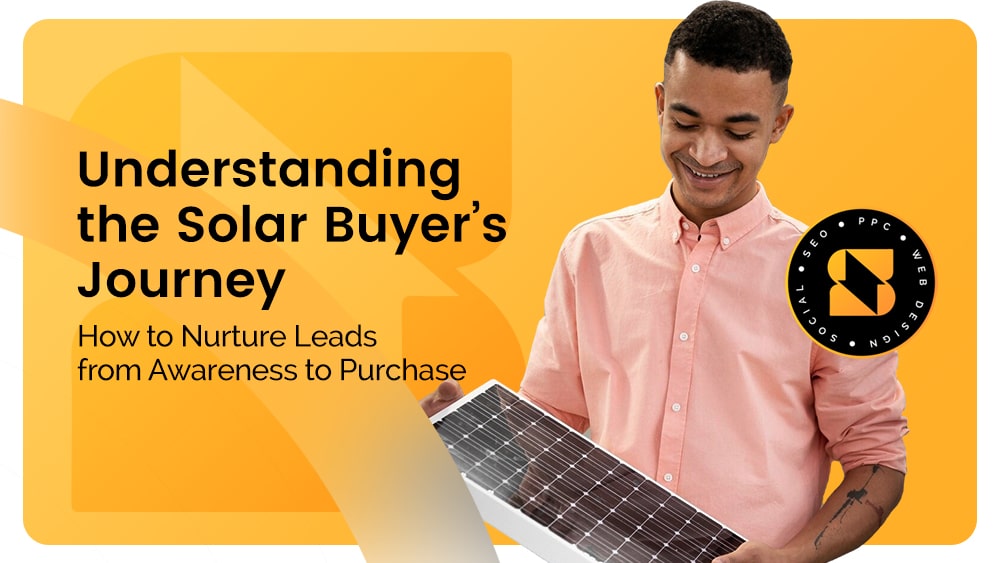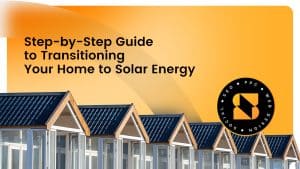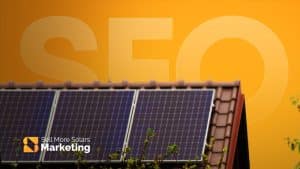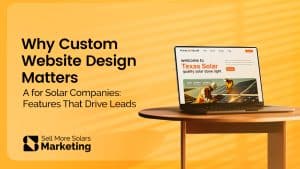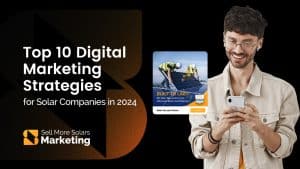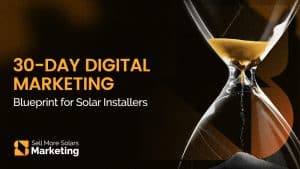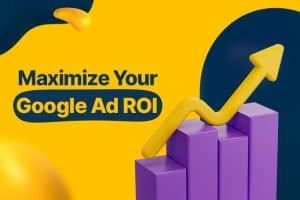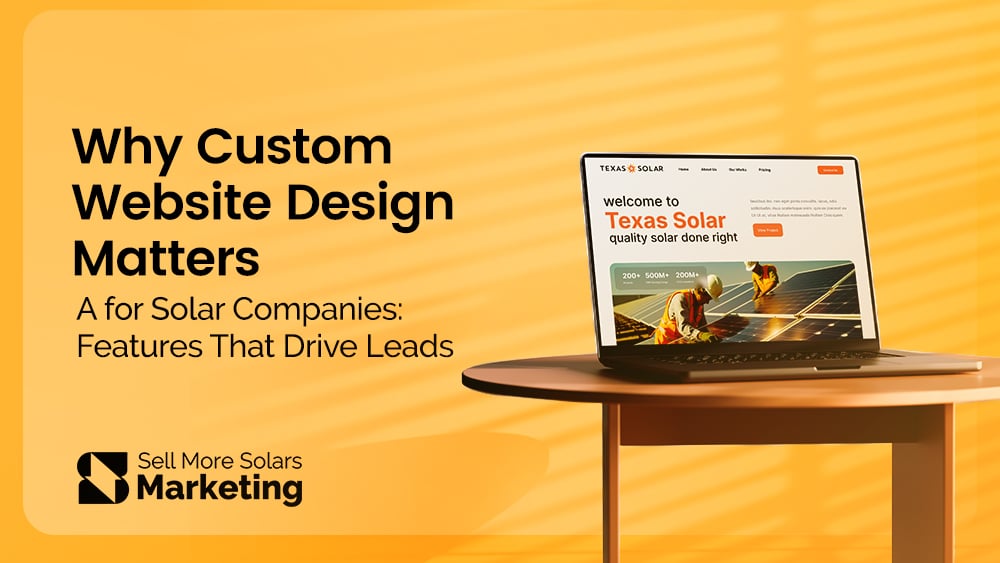Solar energy is not only an economic or an environmental move that many buyers make; it is a transformational journey. To bring value to the solar customer, businesses and organizations need to define the process and stages of consumer interest and lead nurturing from initial engagement to purchase.
In this comprehensive guide, we will break down the solar buyer’s journey into three key stages: Awareness, Consideration, and Decision. At each step, we’ll discuss practical approaches to managing solar leads and guiding potential consumers to the widespread adoption of solar power.
Three Key Stages of Solar Buyer’s Journey
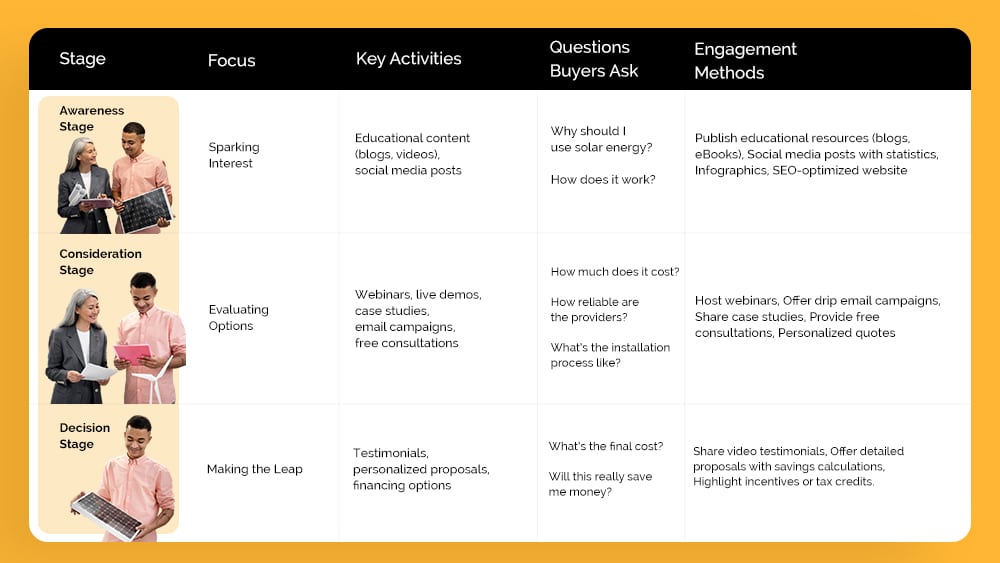
1. Awareness Stage: Sparking Interest
The process starts when a potential client first learns about solar energy, as a potential energy source. They may not be well informed about solar panels, the method of installation, or even the advantages of stepping up to solar energy. They’re likely asking questions like: Why should I use solar energy? How does it work? What can it bring to the table for me? It is at this stage that education and curiosity are all that an individual really focuses on.
To effectively engage with potential buyers during the awareness stage, businesses need to focus on delivering valuable, easy-to-digest information. For example, publishing educational content such as blogs or videos that explain the basics of solar energy is a great starting point.
Such as a video with the title 10 Reasons Solar Power is the Future or a blog post about How Solar Panels Make You Money in the Long Run.Such resources build interest and sets your brand as the go-to authority on the subject.
Social media platforms also play a key role in this stage. Engaging posts that share relatable statistics, success stories, or environmental benefits can grab attention and generate curiosity. For example, you might share a statistic like, “Switching to solar can reduce your energy bills by up to 50%.” Alongside such posts, offering free resources such as downloadable eBooks or infographics adds further value.
Additionally, it’s important to ensure that your website is optimized for search engines. When potential buyers search for terms like benefits of solar panels or solar installation cost, your website should appear prominently in the results. This drives traffic and positions your business as a credible authority in the solar buyer’s journey.
2. Consideration Stage: Evaluating Options
When a potential buyer comprehends the uses of solar energy, he or she gets into the consideration stage. Here, they are always in the process of investigating and comparing their choices. This stage is critical because this is the time they probably choose who they want to be their provider or which solution best fits them. This is your chance to shine if you are a solar business because it means you can deliver something that is missing in traditional businesses: customized, open, and interesting communication.
Potential buyers at this stage might ask: How much does it cost? How reliable are the providers? What’s the installation process like? Addressing these questions clearly and proactively is key. Hosting webinars and live demonstrations can be an excellent way to engage your audience. These events provide a platform to answer questions, showcase your products, and walk potential buyers through the installation process in real time.
Another is the use of emails through drip campaigns. Using case studies with testimonials, ROI calculators, or other frequently asked questions, you can keep in touch with leads and offer them all the necessary information to make a decision. For instance, an e-mail may contain an article with details of a family that scaled down their electric power consumption by 40% through using your solar panels.
Another powerful way with which to ‘get a foot in the door’ is through free consultations or site visits. This also shows your proficiency but at the same time, it will earn you the trust of those using the information. For instance, you could give out a free quote that will show a consumer the amount of money they can save and how they can help the environment by going solar. More to this, customized communication makes sure that the potential buyers understand the values that your business has to offer.
Transparency is critical at this stage. Providing detailed pricing information, explaining financing options, and addressing common concerns (like maintenance or reliability) helps reduce uncertainty. Remember, potential customers are comparing providers, so demonstrating your unique value proposition, whether it’s superior customer service, advanced technology, or affordability, is important in the solar buyer’s journey.
3. Decision Stage: Making the Leap
In the final stage of the journey, potential buyers are ready to commit to a provider and make the purchase. However, even at this point, some may still have lingering doubts or concerns. Your role is to address these concerns and create a smooth, confident decision-making process.
Testimonials and reviews are powerful tools for building trust at this stage. Highlighting stories from satisfied customers can reassure leads that they’re making the right choice. For example, a video testimonial from a homeowner who shares how their solar installation transformed their energy bills can be incredibly persuasive.
Providing detailed and personalized proposals is another way to close the deal. These proposals should outline the specific benefits for the buyer, including cost savings, expected energy output, and potential environmental impact. For example, a proposal could show how a household will save $20,000 over 10 years by switching to solar. Visual aids like charts and graphs can make this information more impactful.
It’s also important to highlight any incentives or financing options available. For many buyers, the cost of solar installation can be a significant barrier. By showing discounts, tax credits, or flexible payment plans, you make the transition to solar more accessible and appealing. This is often the final push they need to complete the solar buyer’s journey.
Key Tips for Nurturing Solar Leads at Every Stage
Understanding the unique needs of your leads at each stage of the solar buyer’s journey is essential. Here are some strategies to keep in mind:
- Know Your Audience: Segment your leads based on factors like location, energy consumption, and readiness to buy. This helps you deliver more relevant and personalized communication.
- Leverage Technology: CRM tools and marketing automation platforms can help you track leads, automate follow-ups, and ensure timely communication.
- Continuously Improve: Regularly analyze your marketing efforts to identify what’s working and where you can improve. Metrics like email open rates, website traffic, and conversion rates provide valuable insights.
- Build Trust: Consistency and transparency are key. Whether through content, consultations, or follow-ups, always prioritize building a relationship of trust with your leads.
Conclusion
The solar buyer’s journey is a dynamic process that requires businesses to be patient, strategic, and customer-focused. By understanding the distinct stages of Awareness, Consideration, and Decision, you can effectively guide your leads and build meaningful connections. At each step, providing value, addressing concerns, and demonstrating your expertise ensures that potential buyers feel confident in choosing your brand.
Thoughtful strategies for nurturing solar leads boost conversion rates and also position your business as a trusted partner in the renewable energy space. By prioritizing education, transparency, and personalization, you empower more individuals to embrace the benefits of solar energy and take a significant step toward a sustainable future.

